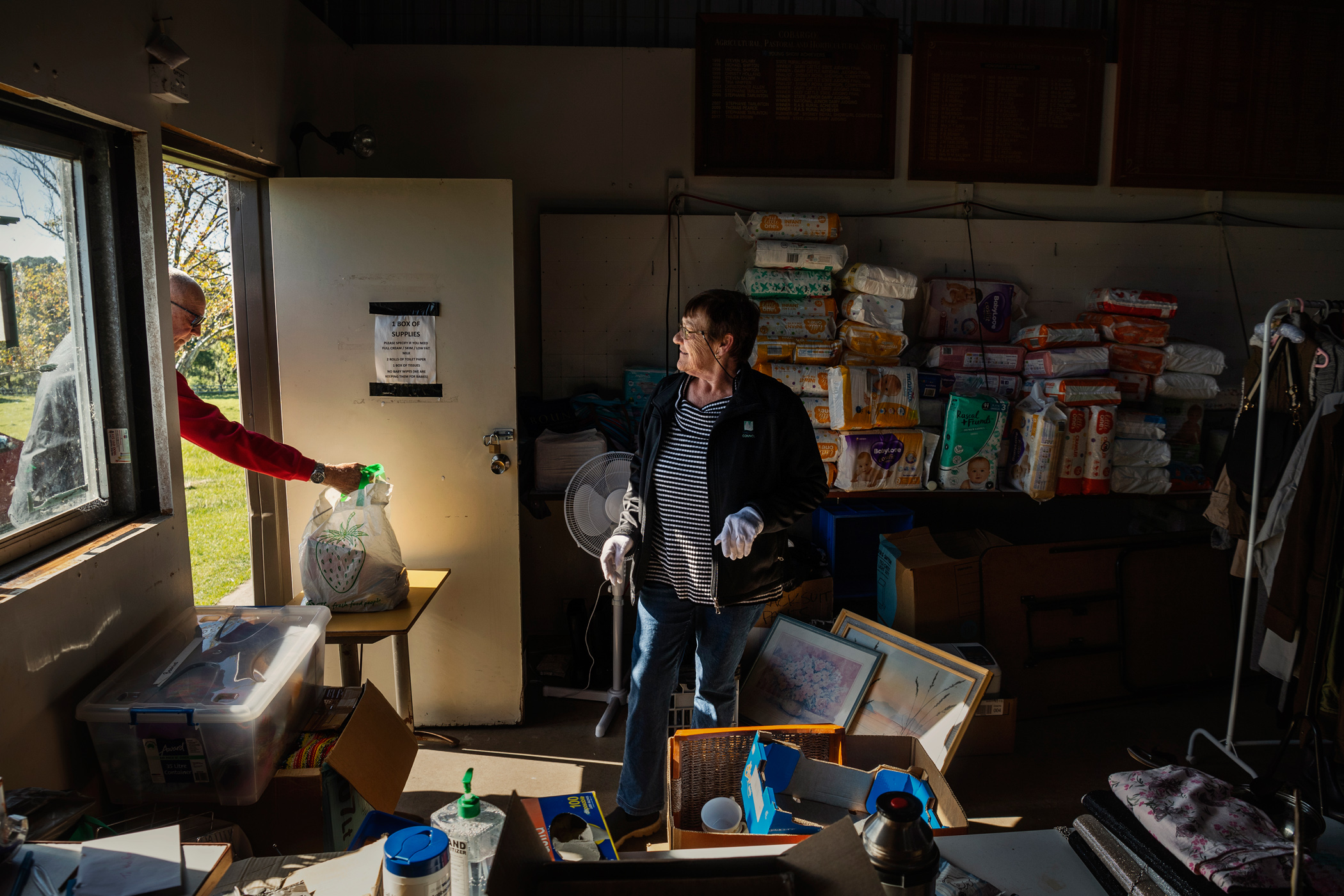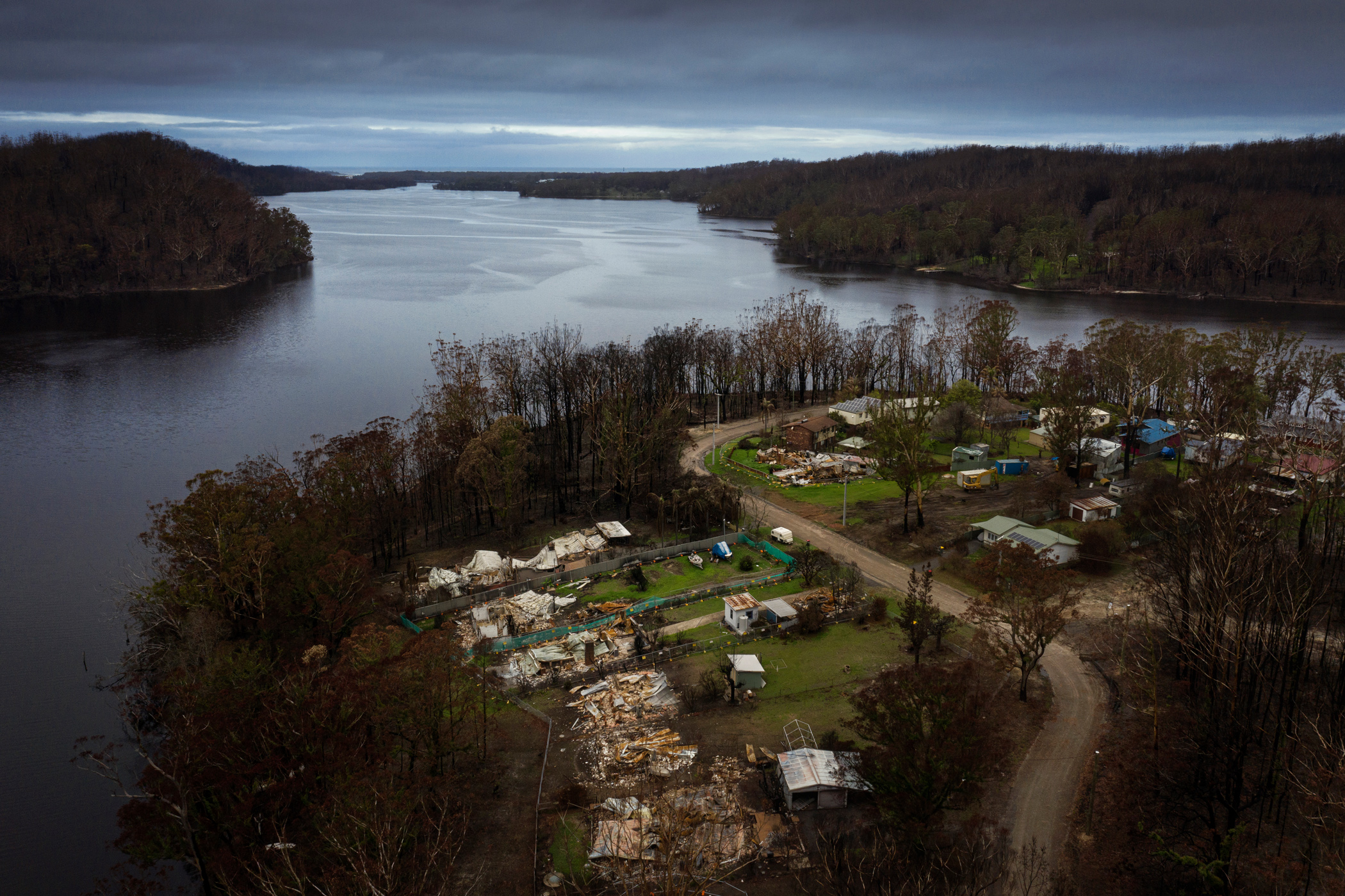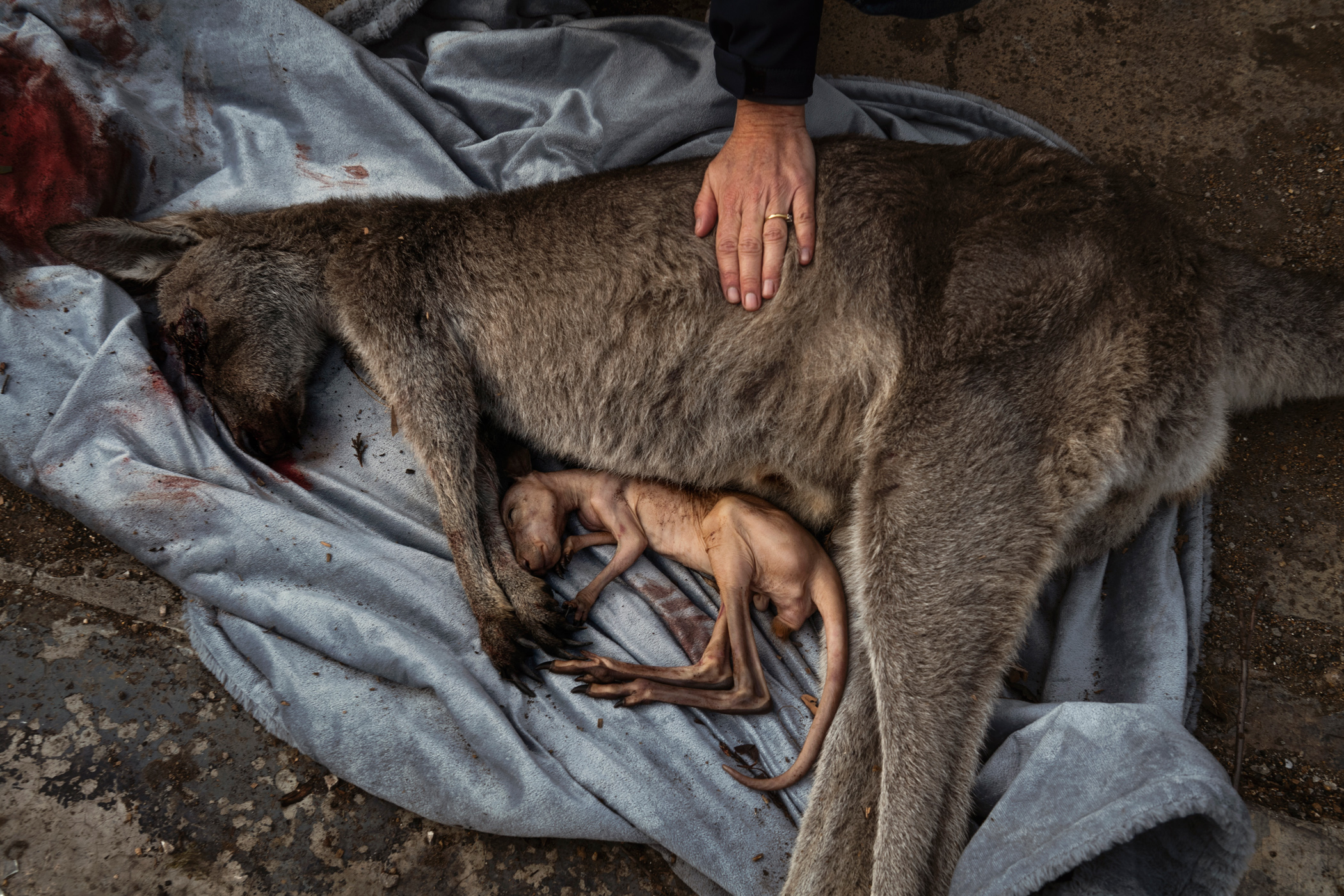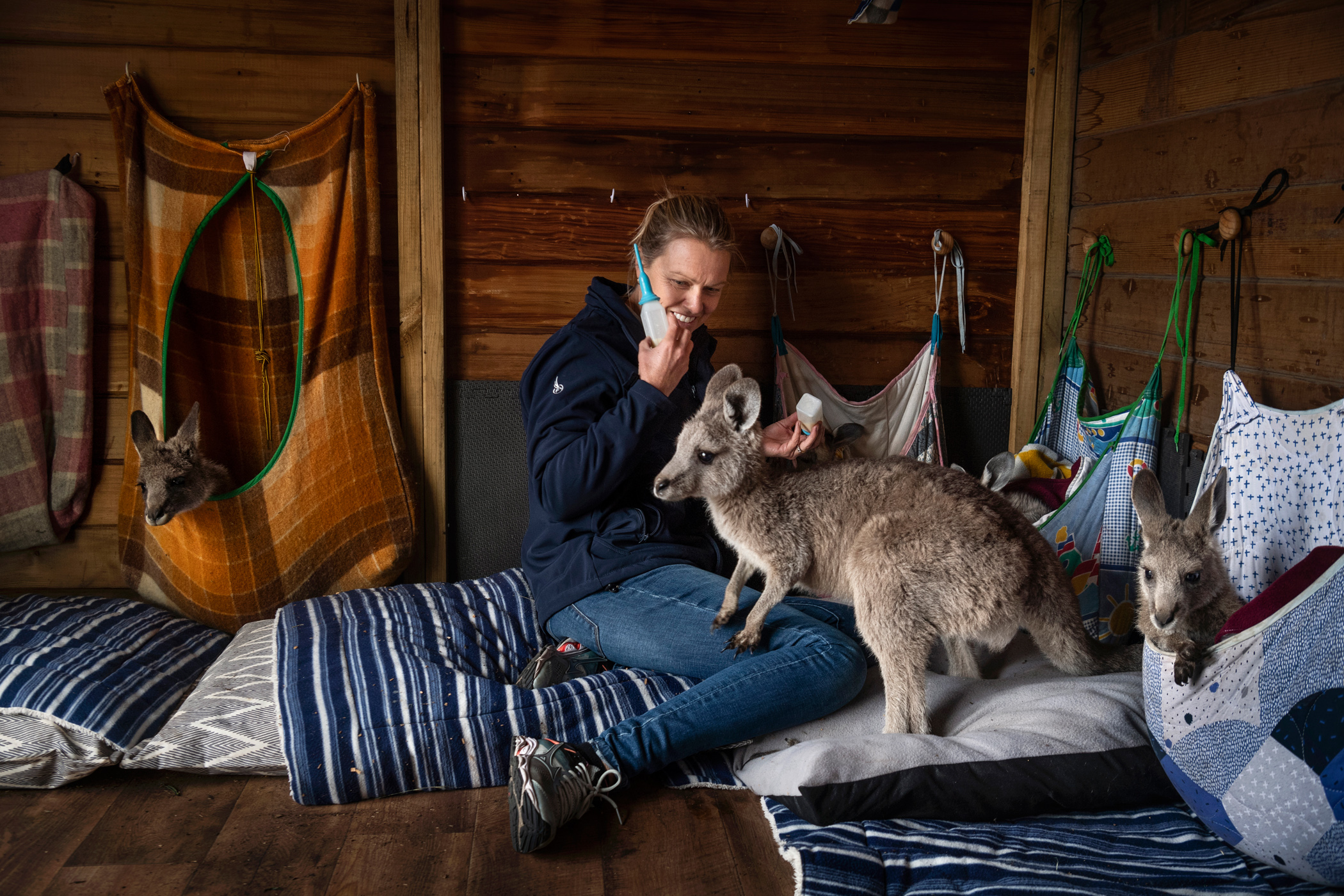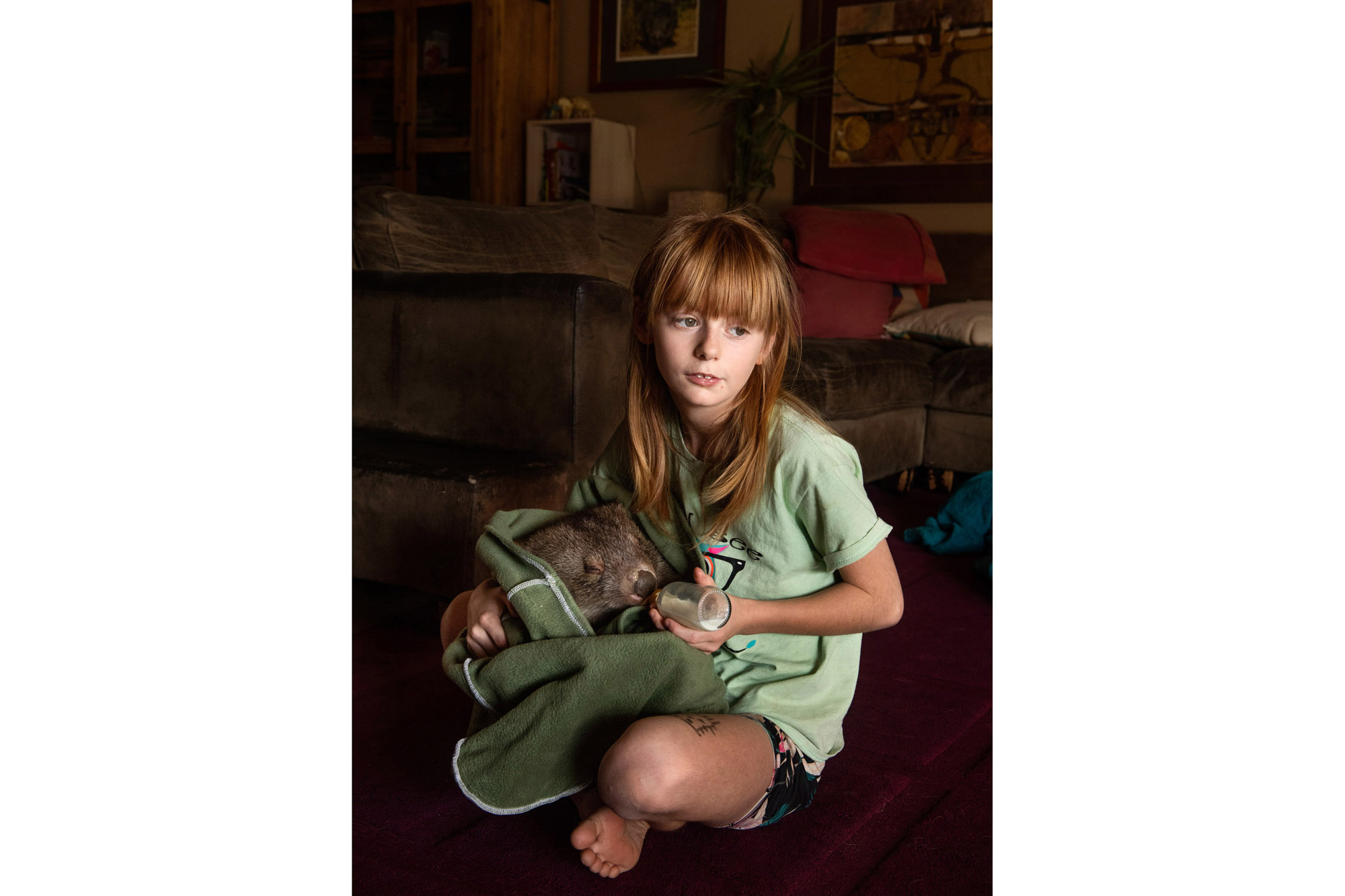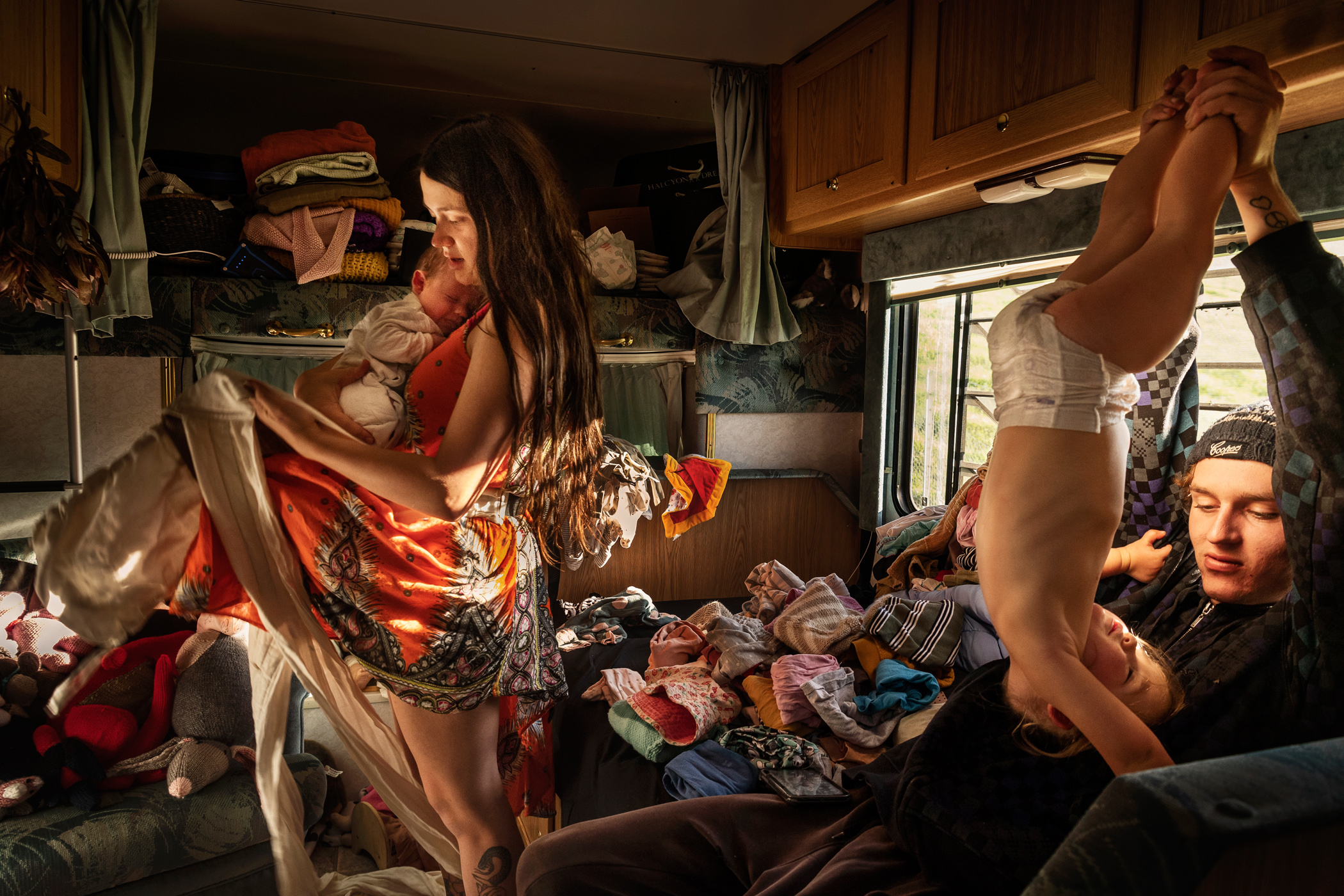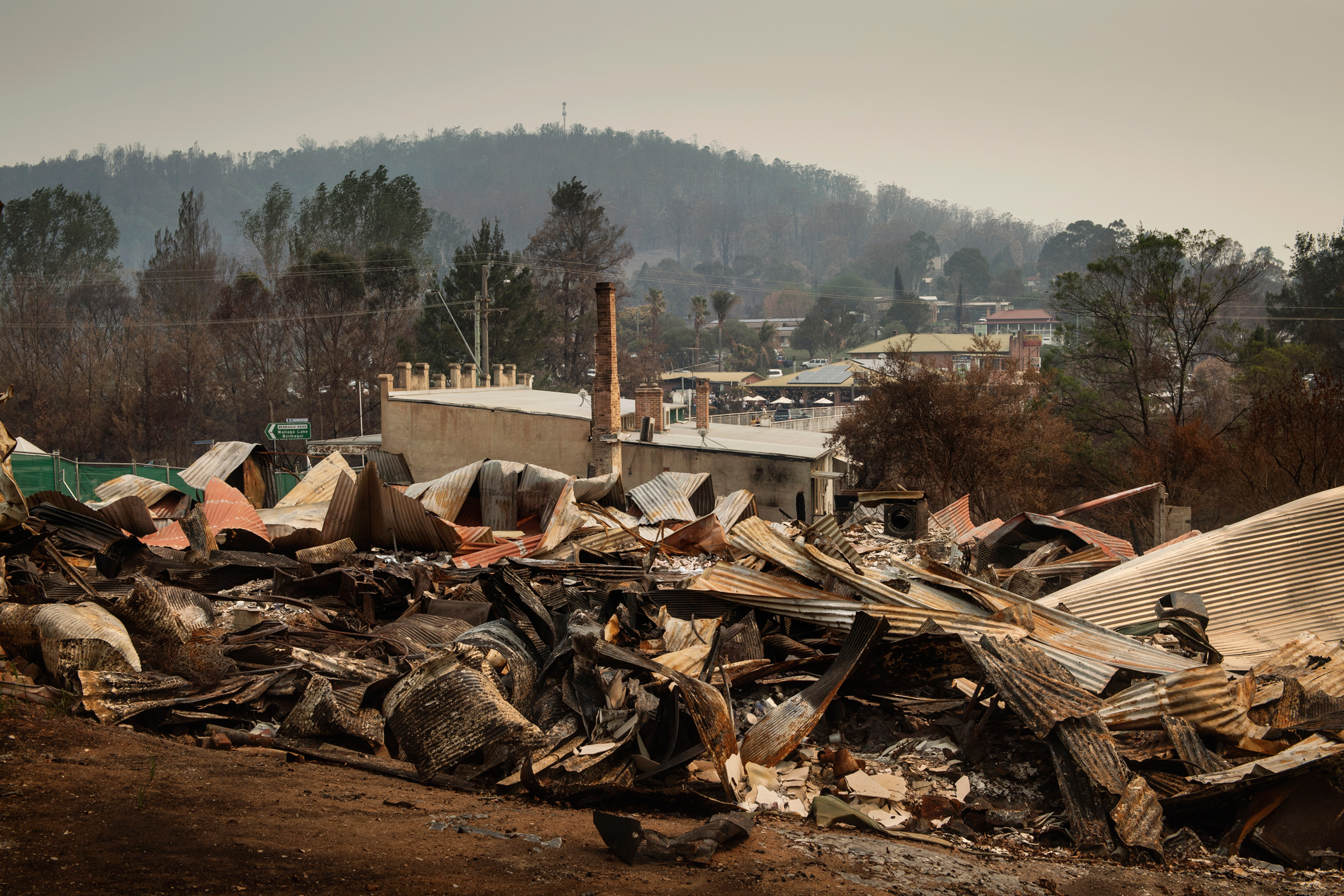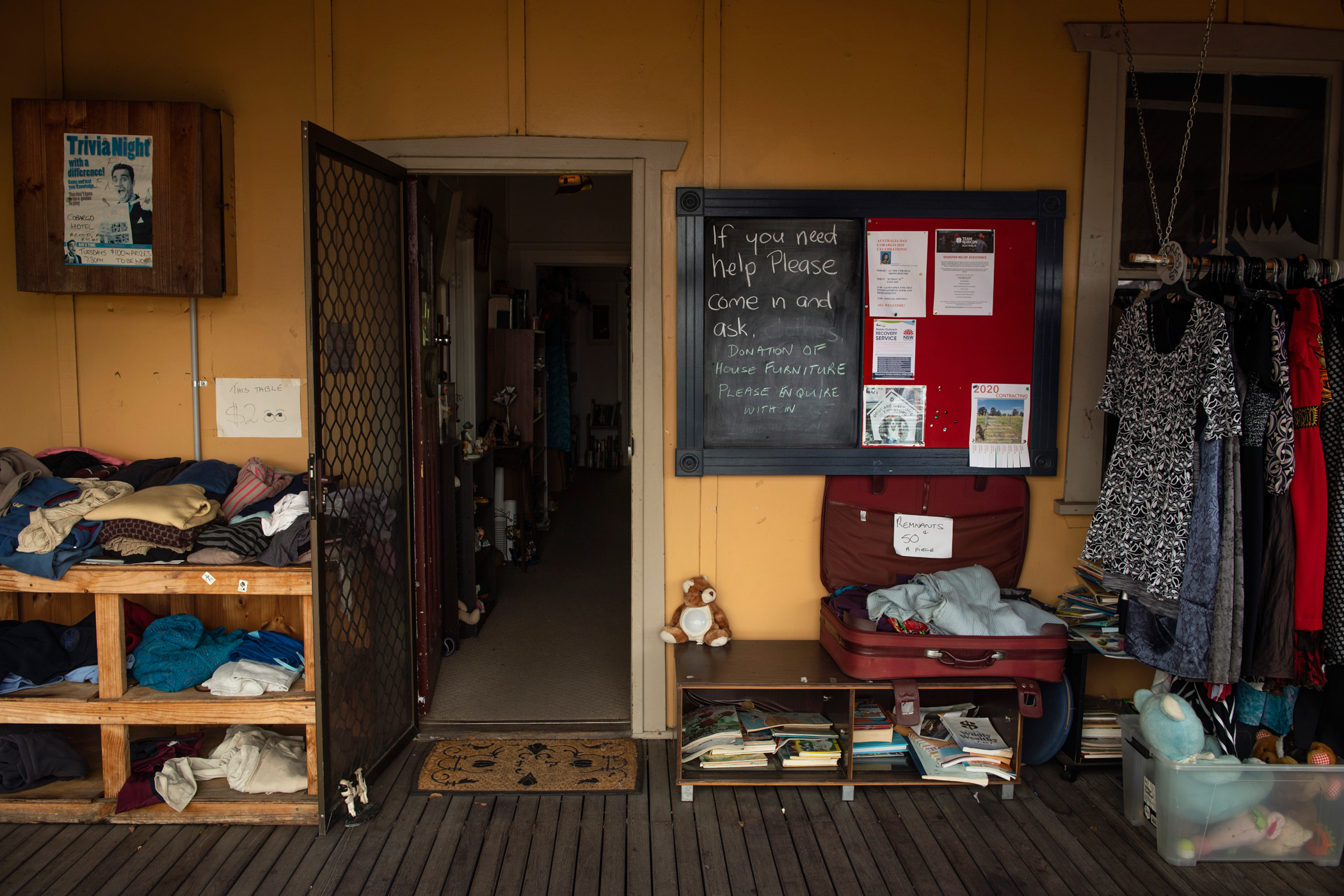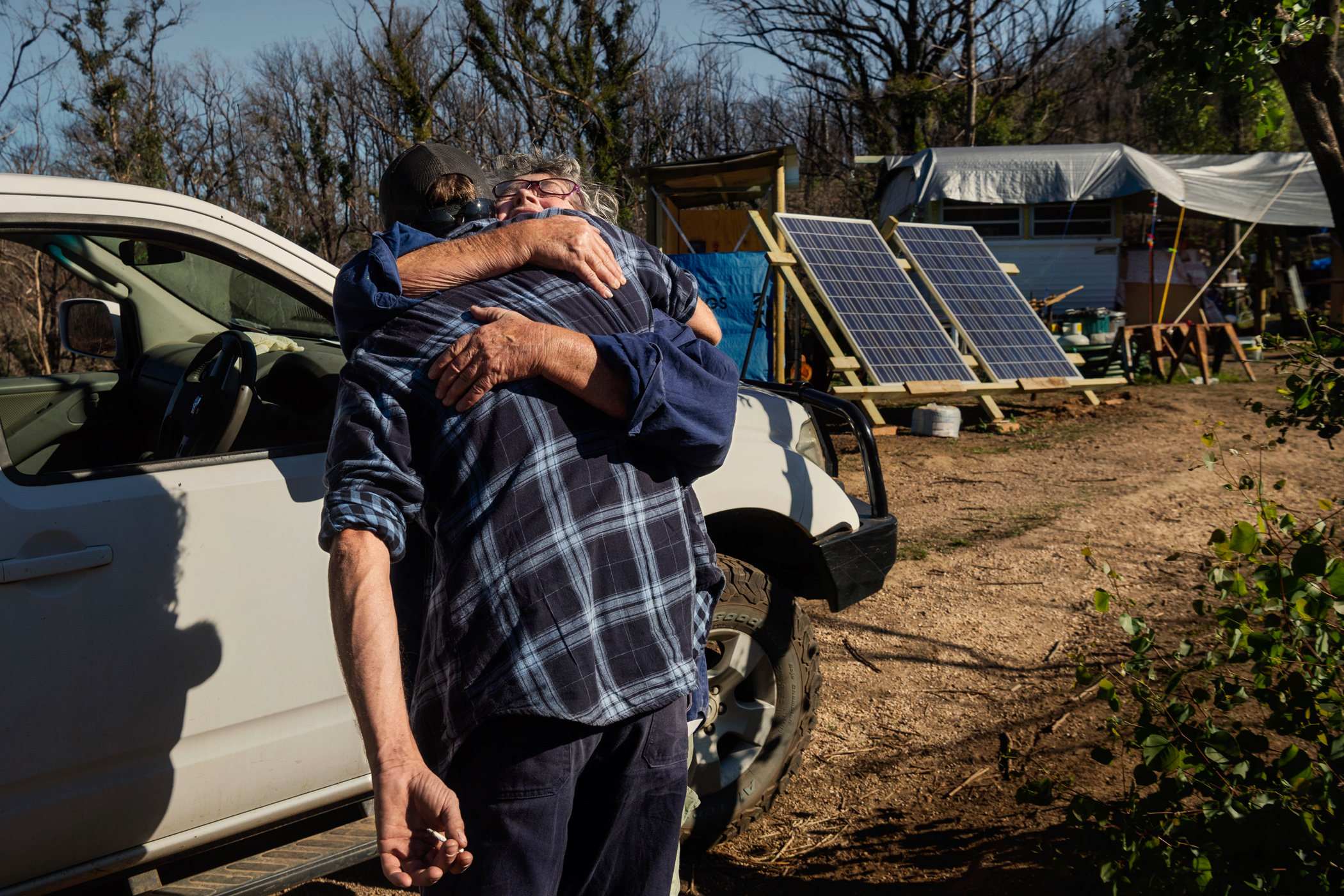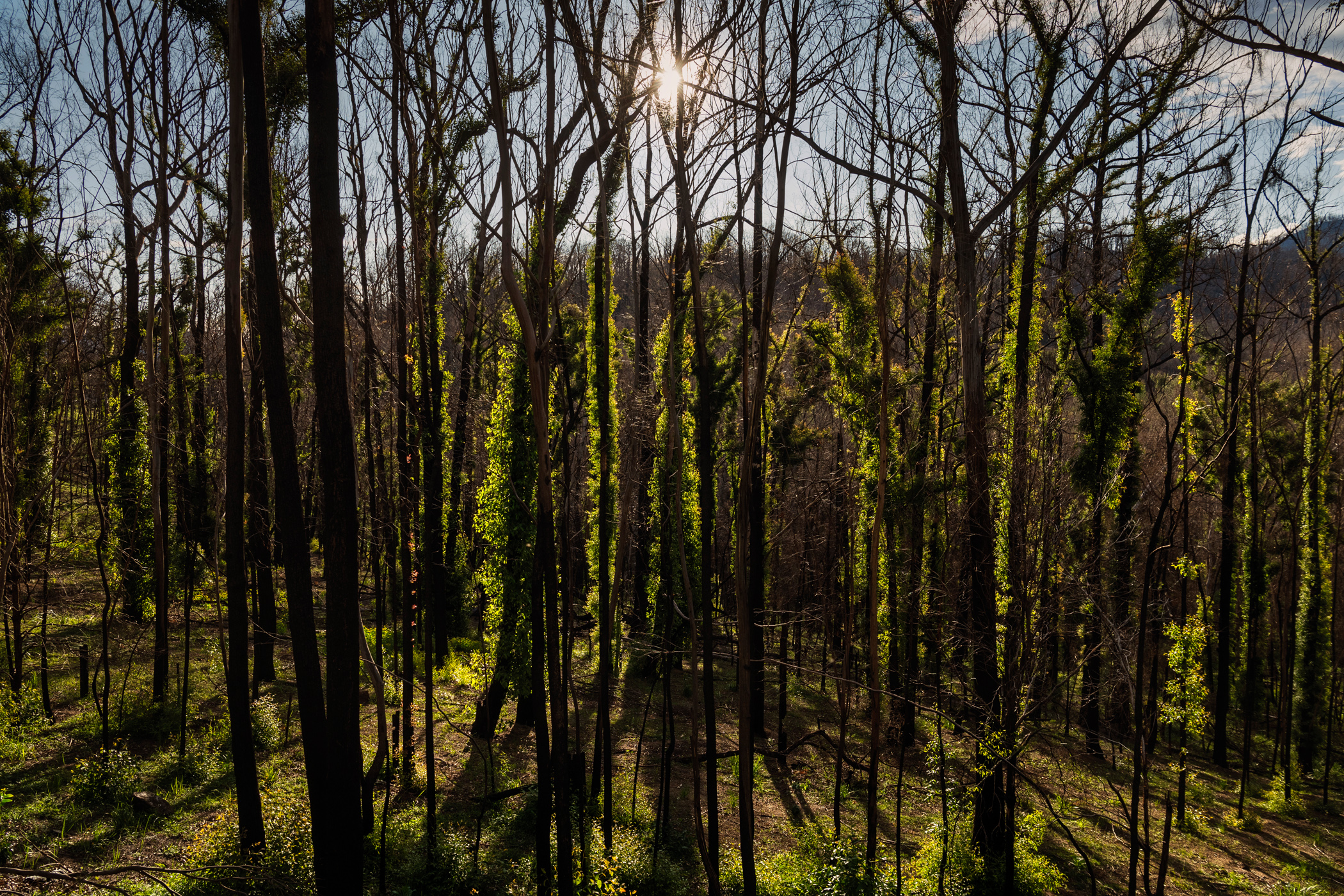After over three months of fighting fires night and day, in March 2020 the rains came and suddenly the fires went out.
With the rains came the next wave of helpers. The Worriers and Warriors stepped down from the front lines to be replaced by a third army of organisers. This group, like the Worriers and Warriors, are genetically programmed to help in a certain way. They are the Connectors, the socially gifted whose natural skill lies in organising large groups and mobilising them into effective action.
Again, we all likely know people belonging to this group. Every family, school, community group or corporate has connectors; they are the volunteer fundraisers, the animal sanctuary workers, the food bank distributors, the rebuilders. And again, roughly one-third of us are born that way – and there appears to be an evolutionary reason why.
When we examine the make-up of communities in every population on earth, from Western societies, to Mali, to hunter-gatherers, there is a balance of these three character traits. It seems a group of Worriers alone will not survive. Nor will a group of Warriors.
The Connectors, also known as the securely attached, do not fare well alone either – studies of disasters show that when groups of securely attached people cluster together, they are not able to act fast enough to save themselves.
Only when you combine all three traits do you get an effective social defence response. You need the Worriers, who alert us to danger. You need the Warriors, who react without thinking. And, as Ebony Gaylor explains on the following pages, you need the Connectors, the supporters, those who organise large groups, but take more time.
Each one of us is born with cognitive abilities that surpass all other forms of life, and it seems each of us has a special help reflex genetically coded into our DNA. But it is our ability to work together that accounts for our resilience and success as a species. The answer, as is true in much of the natural world, is diversity.
This group is hardwired to connect people in need with people who can help, finding practical solutions to problems at a time when so many feel helpless.
Ebony Gaylor, Sociologist and social futurist
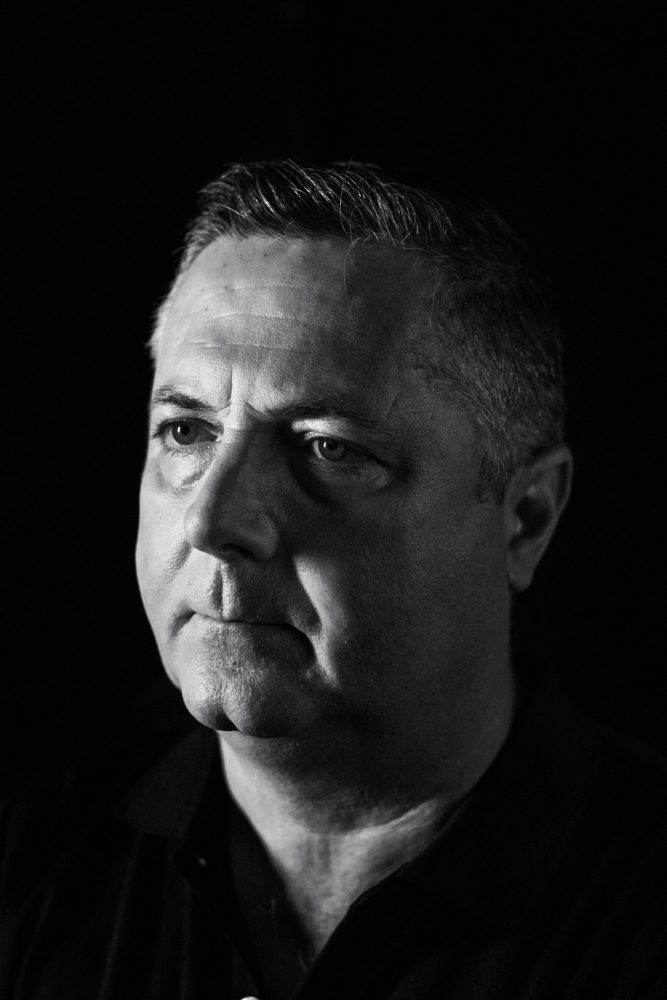
“The man showed me his hands, which had suffered burns trying to protect their property. You could see in his eyes how he felt like
a failure.”
Luke Gallagher, Executive General Manager Direct Claims, IAG
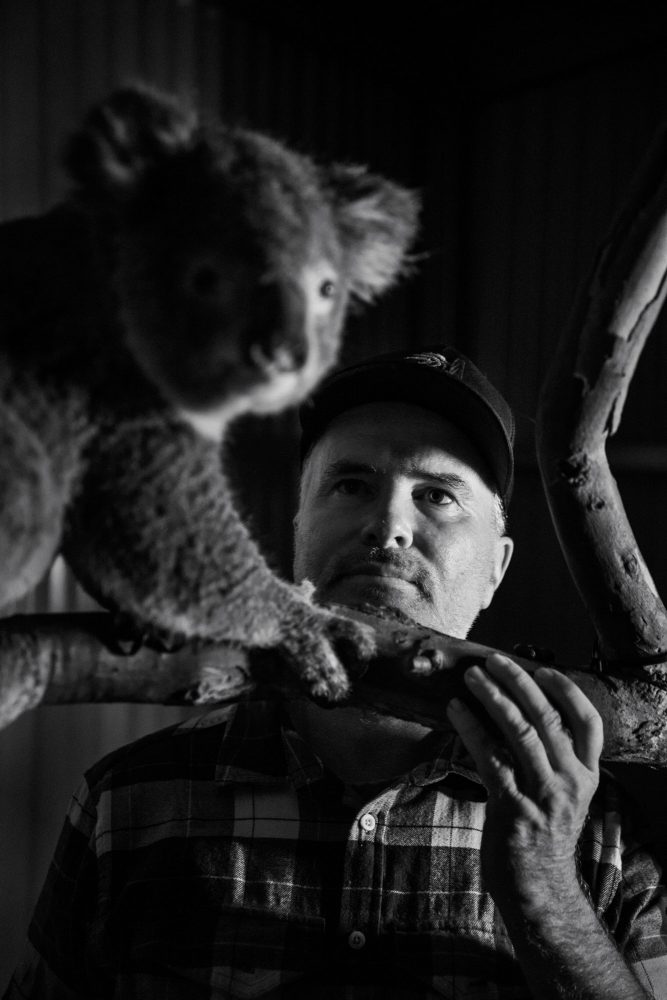
“The heartache is overwhelming. To see everything devastated like
that, to see the koalas and wildlife you love die, to be so helpless.”
James Fitzgerald, Two Thumbs Wildlife Trust
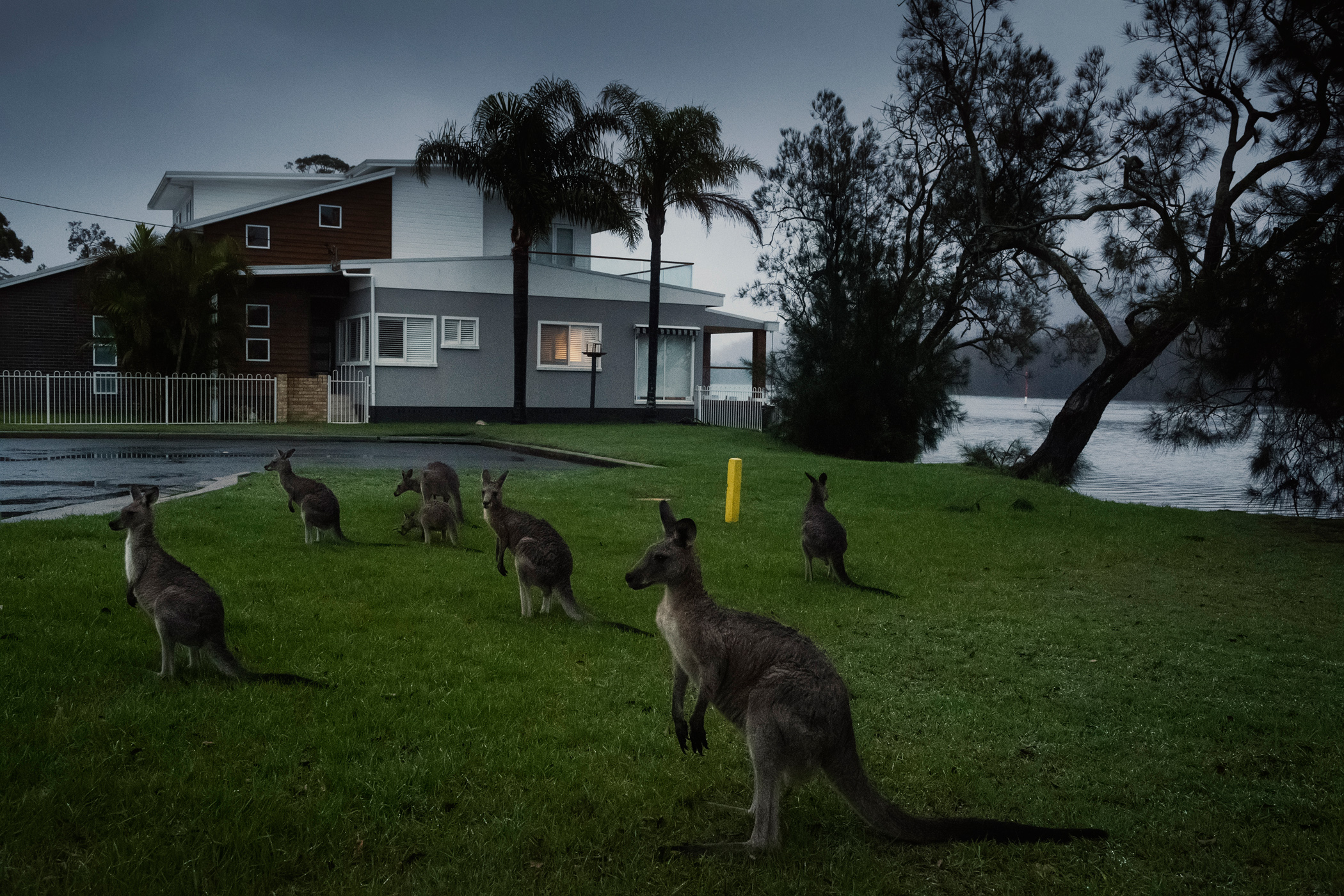
Kangaroos gather along the burnt foreshore at Lake Conjola, NSW, February 2020.
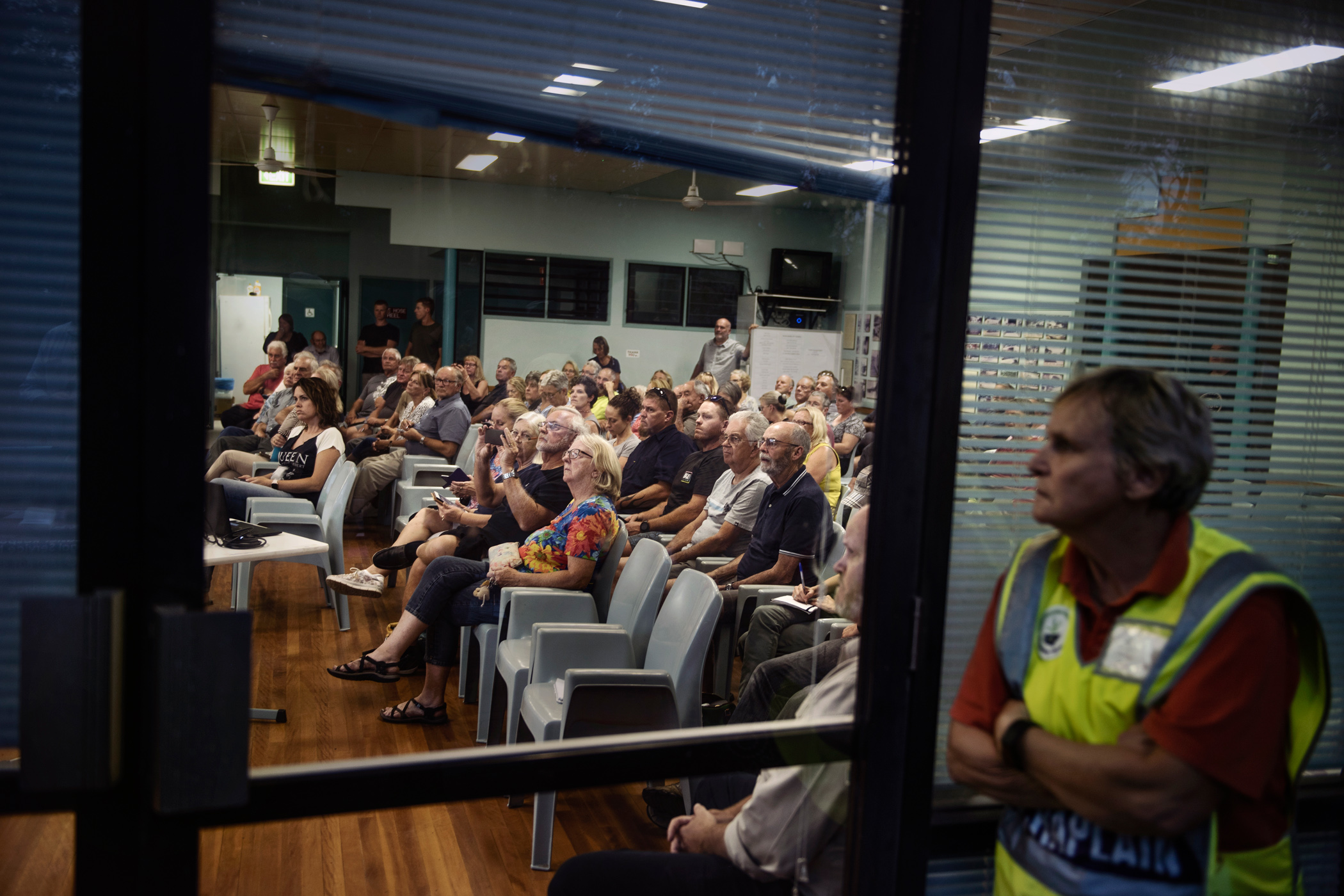
A Community Recovery Meeting takes place at Lake Conjola Community Centre, NSW, on 15 February 2020.
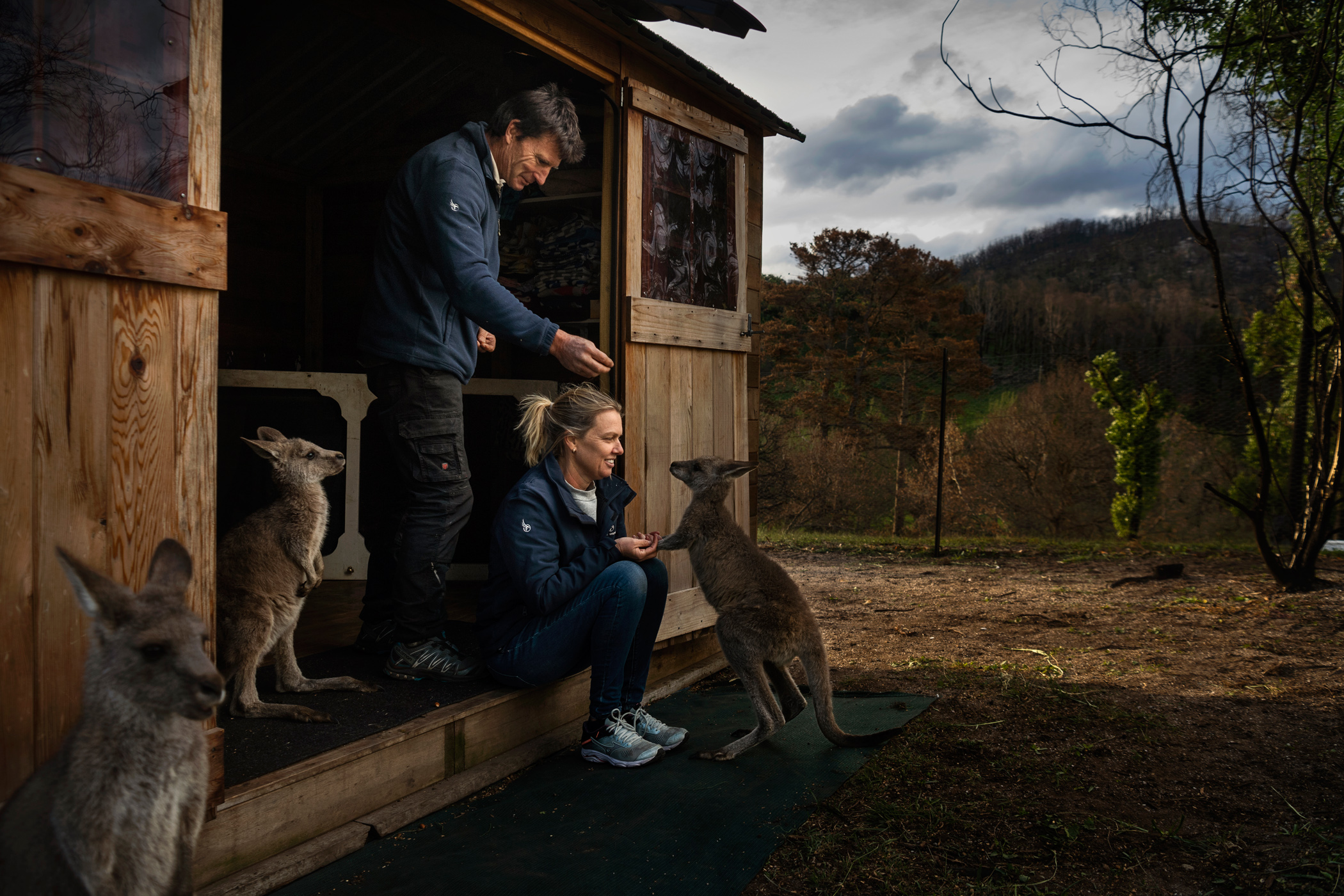
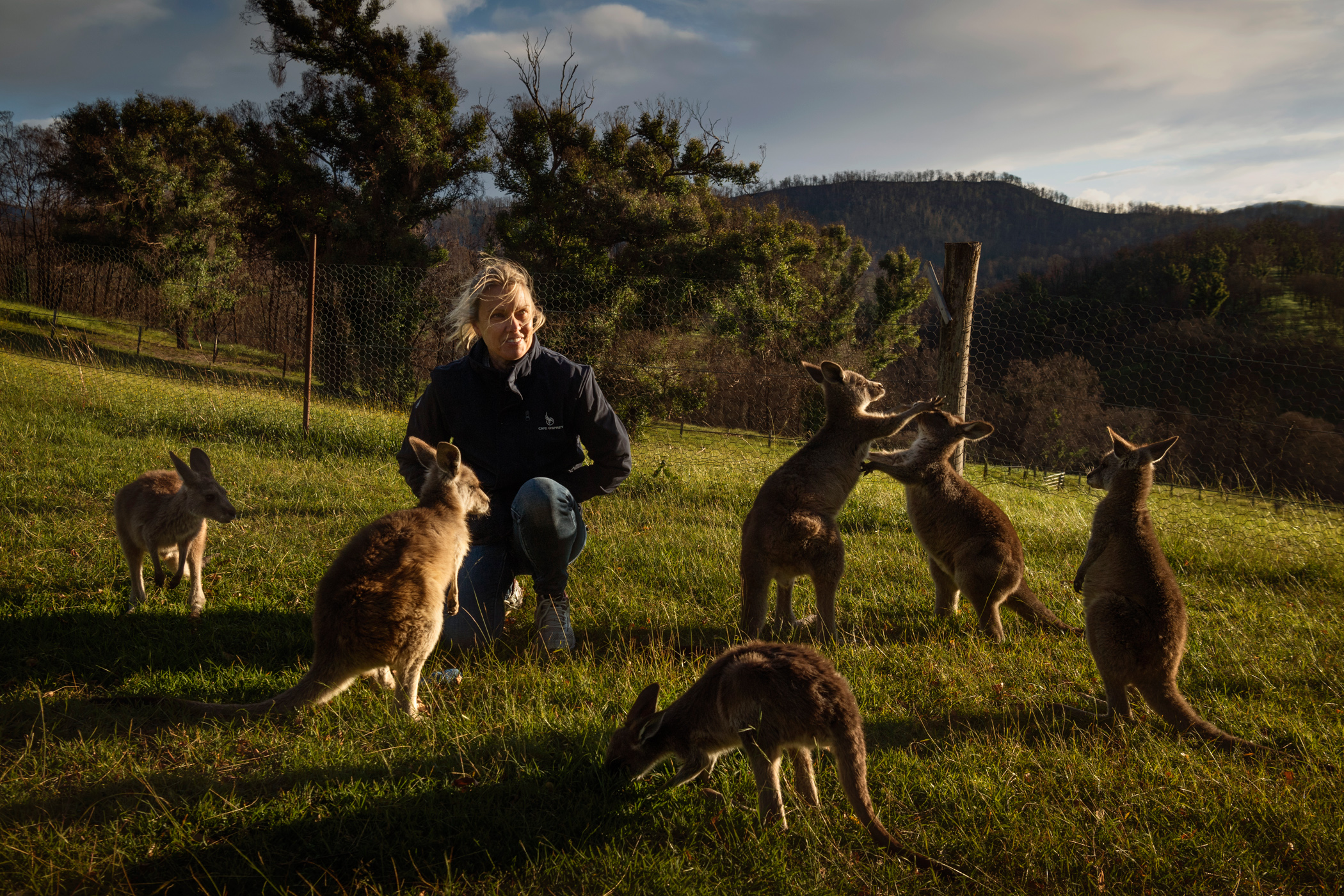
Gary Henderson and Sara Tilling run the Cobargo Wildlife Sanctuary in Yowrie, NSW, which looks after animals rescued from the fires.
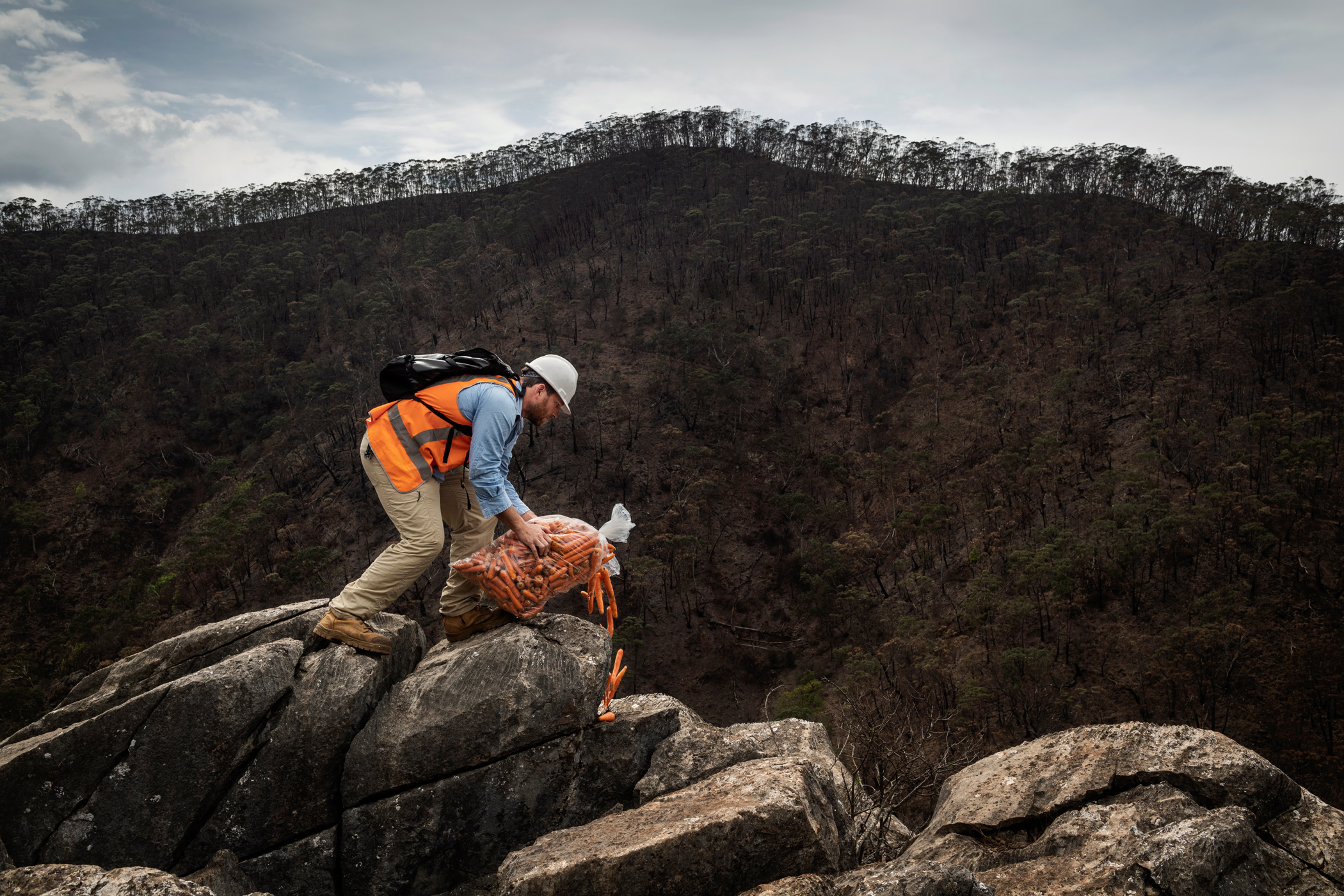
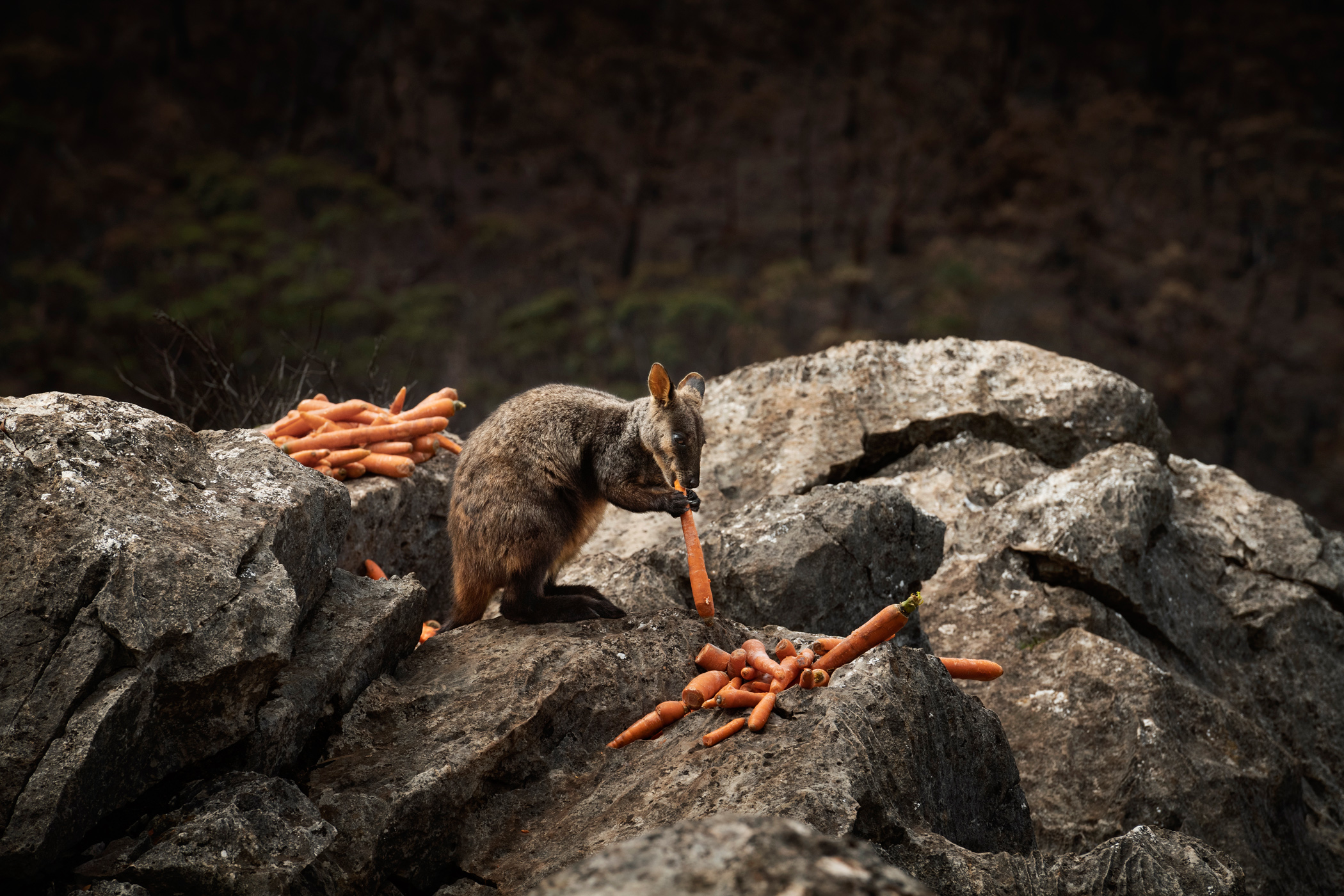
Rock wallabies who survived the fires are fed carrots by Warwick Michael carrots in the Jenolan Karst Conservation Reserve, NSW. February 2020.
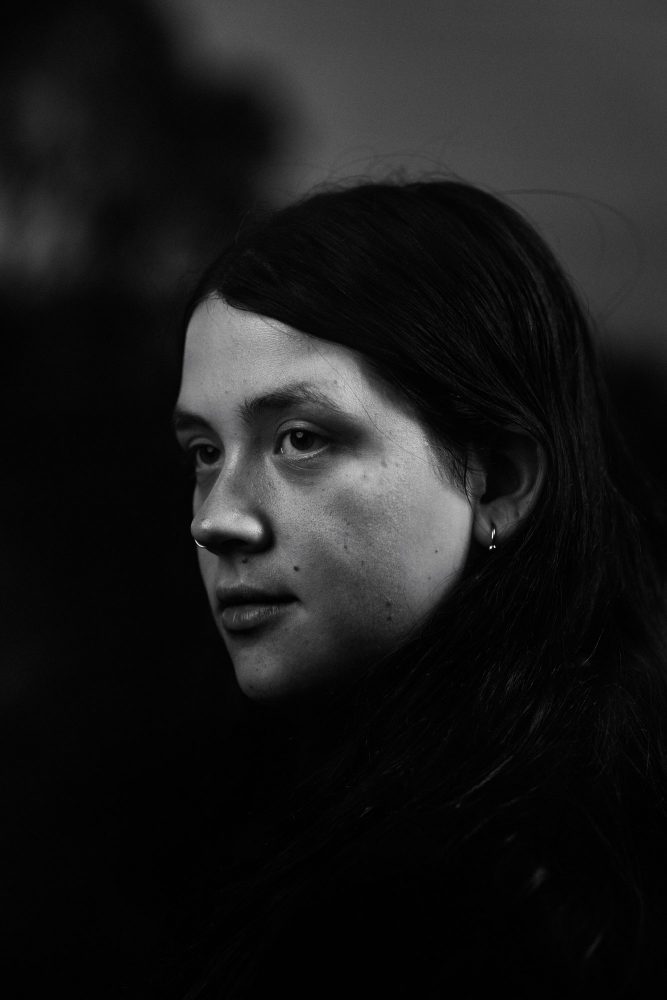
Zoey Salucci-McDermott
Resident, Cobargo, NSW
In early November 2019, over eighty-five fires burnt throughout the east coast of Australia. Growing in size and ferocity, they spread across New South Wales as persistent winds blew embers and flames further and further. On New Year’s Eve, the fires tore through the small community of Cobargo, NSW, where twenty-one-year-old resident Zoey Salucci-McDermott lived with her partner, Michael, and their young daughter.
The couple, who were expecting their second child, lost their rental home in the relentless fires. They were donated a Winnebago to live in temporarily by generous strangers, and Salucci- McDermott later gave birth to a son in the van without medical assistance. Six months on from the fires, their situation remained unchanged, as they continued to raise their children inside the van. Their home was one of nearly 2,500 burnt by the fires in New South Wales.
When Australian Prime Minister Scott Morrison visited the town of 800 residents in January 2020, Salucci-McDermott made international headlines for refusing to shake his hand. Speaking after the fact, she called on Prime Minister Morrison to increase NSW Rural Fire Service funding and to later return to Cobargo and see the extent of the damage.
We were told the fire might take two days to get here and it virtually came overnight.
Dave Allen, Proprietor, Cobargo Hotel, Cobargo, NSW
I think we had reached almost forty degrees Celsius at 3 a.m., eighty-kilometre winds and really low humidity. Those three things created the perfect storm for the fire to
roll through.
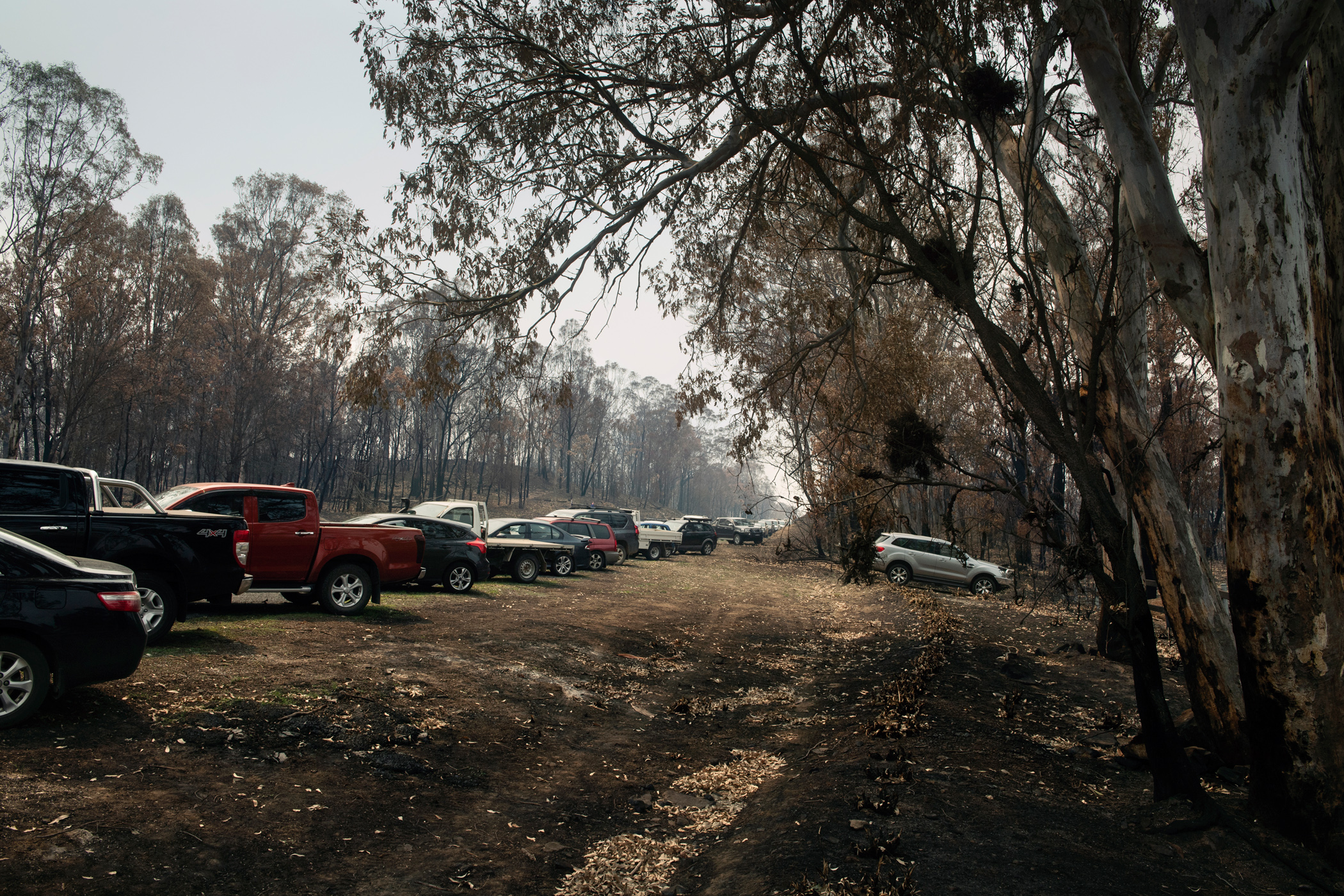
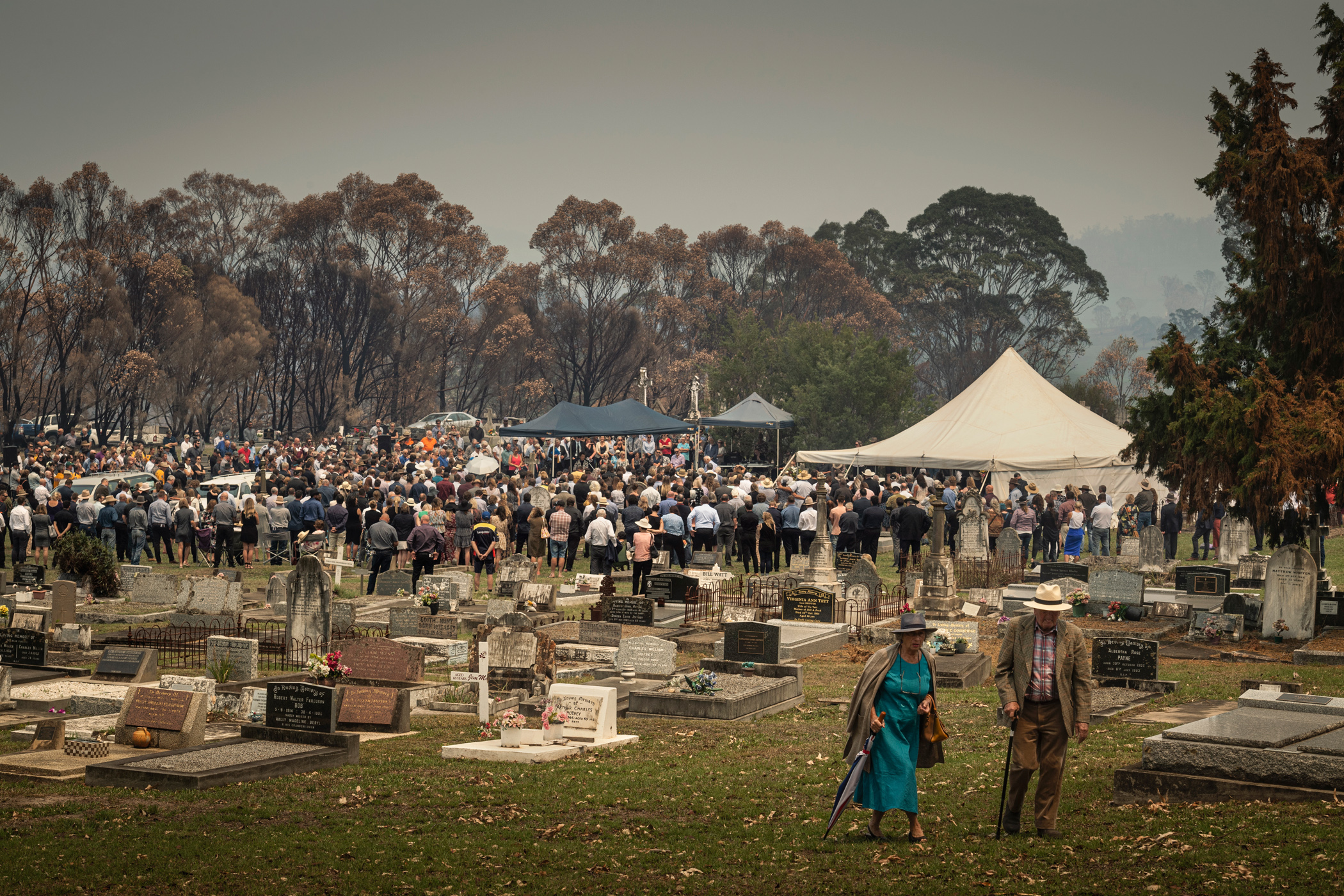
The work is cathartic. They say if you want love, you give love. If you need help, help someone else. As soon as you start doing things for others, your identity changes, and your belief and value in you changes.
Paula Zrilic, Our Community Pantry
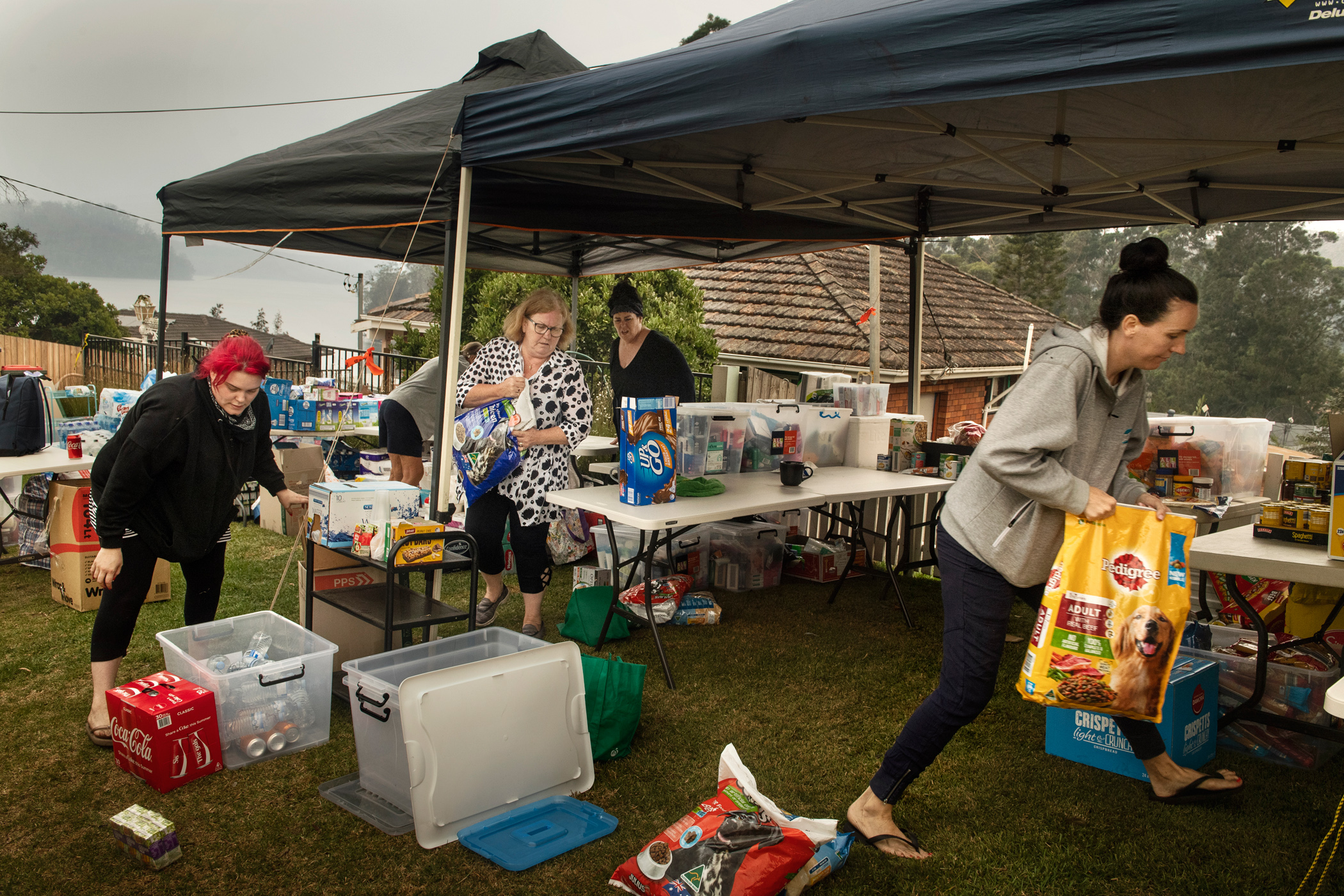
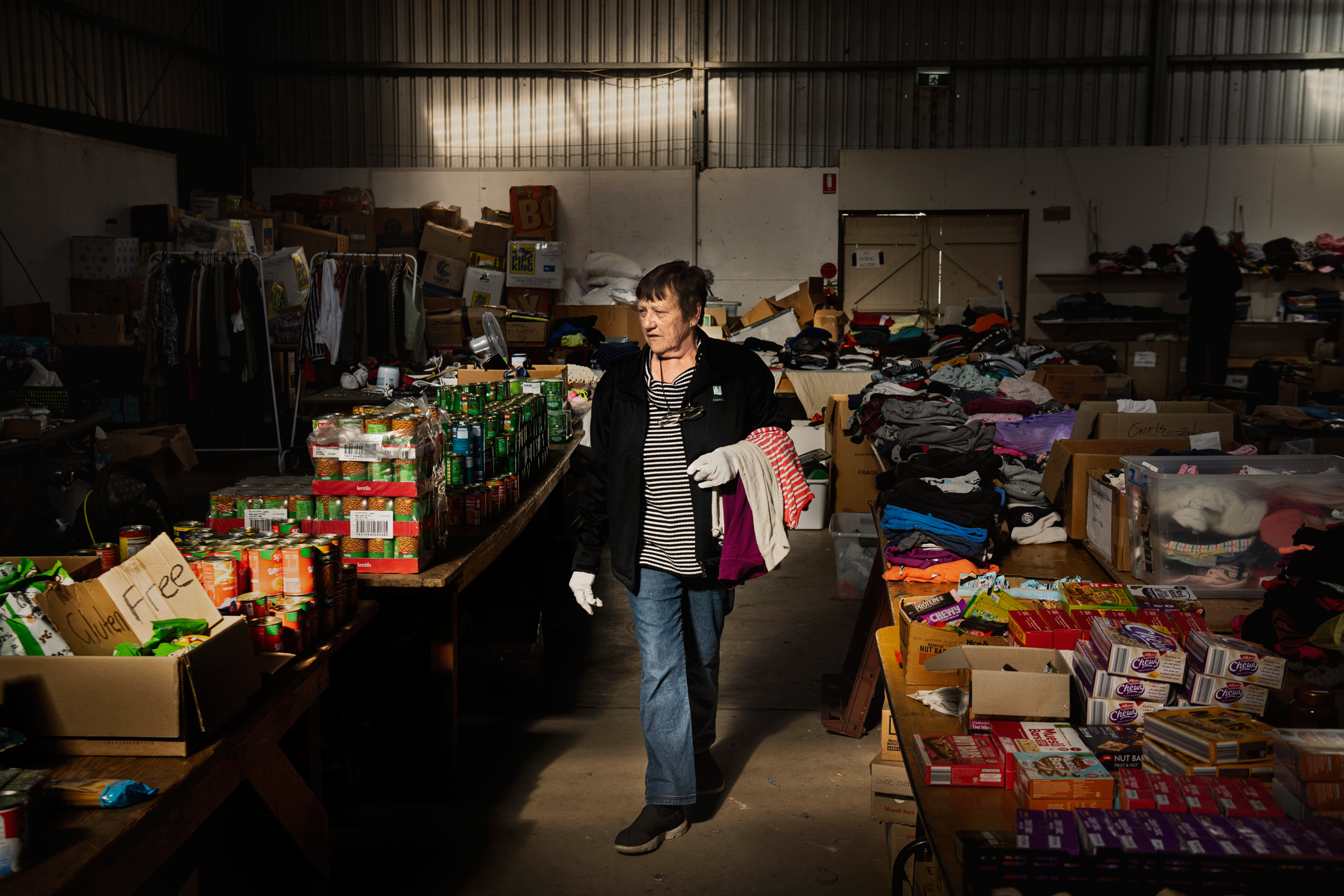
Volunteers working in distribution centres providing essential for people who have lost everything in Cobargo and Conjola. January 2020.
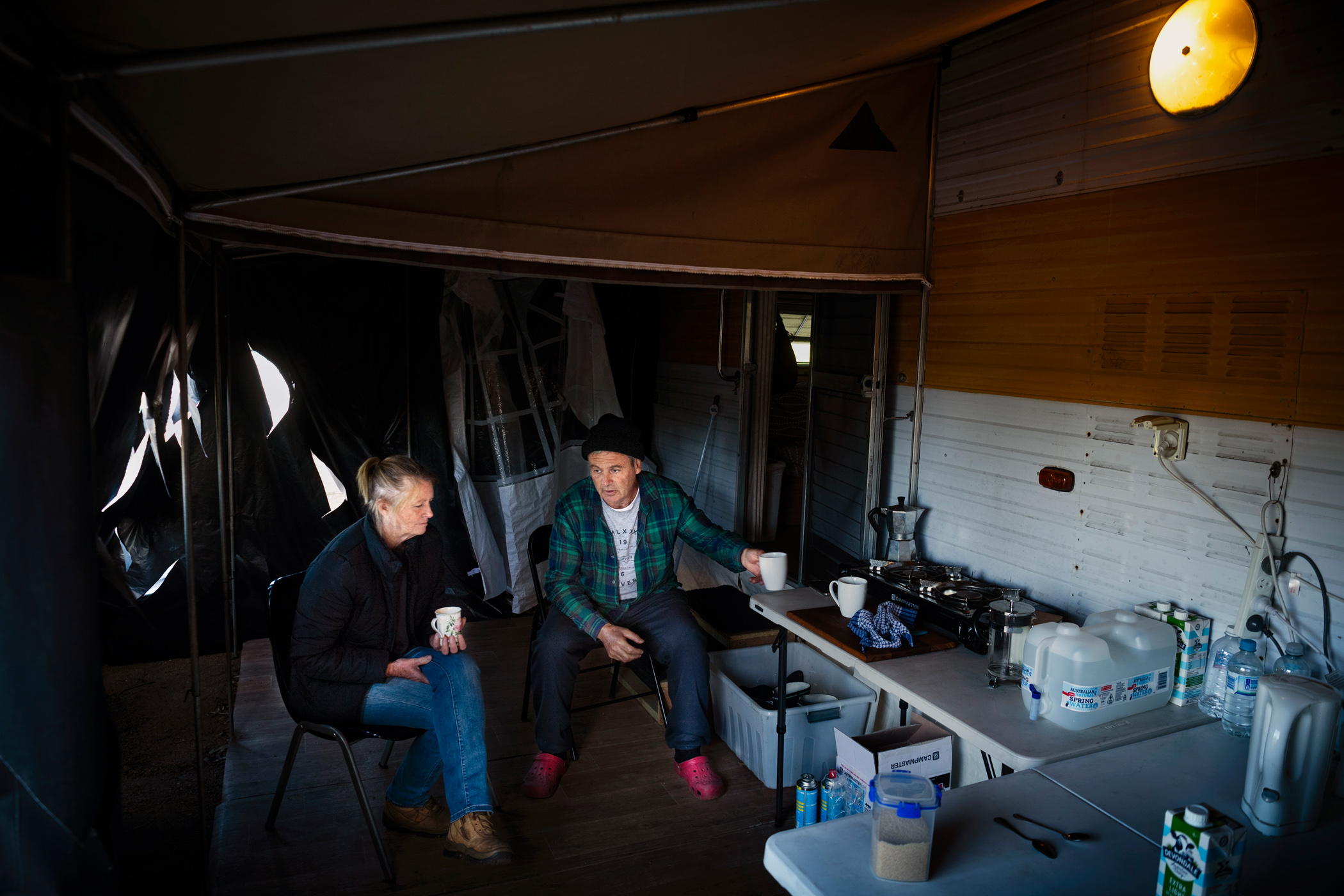
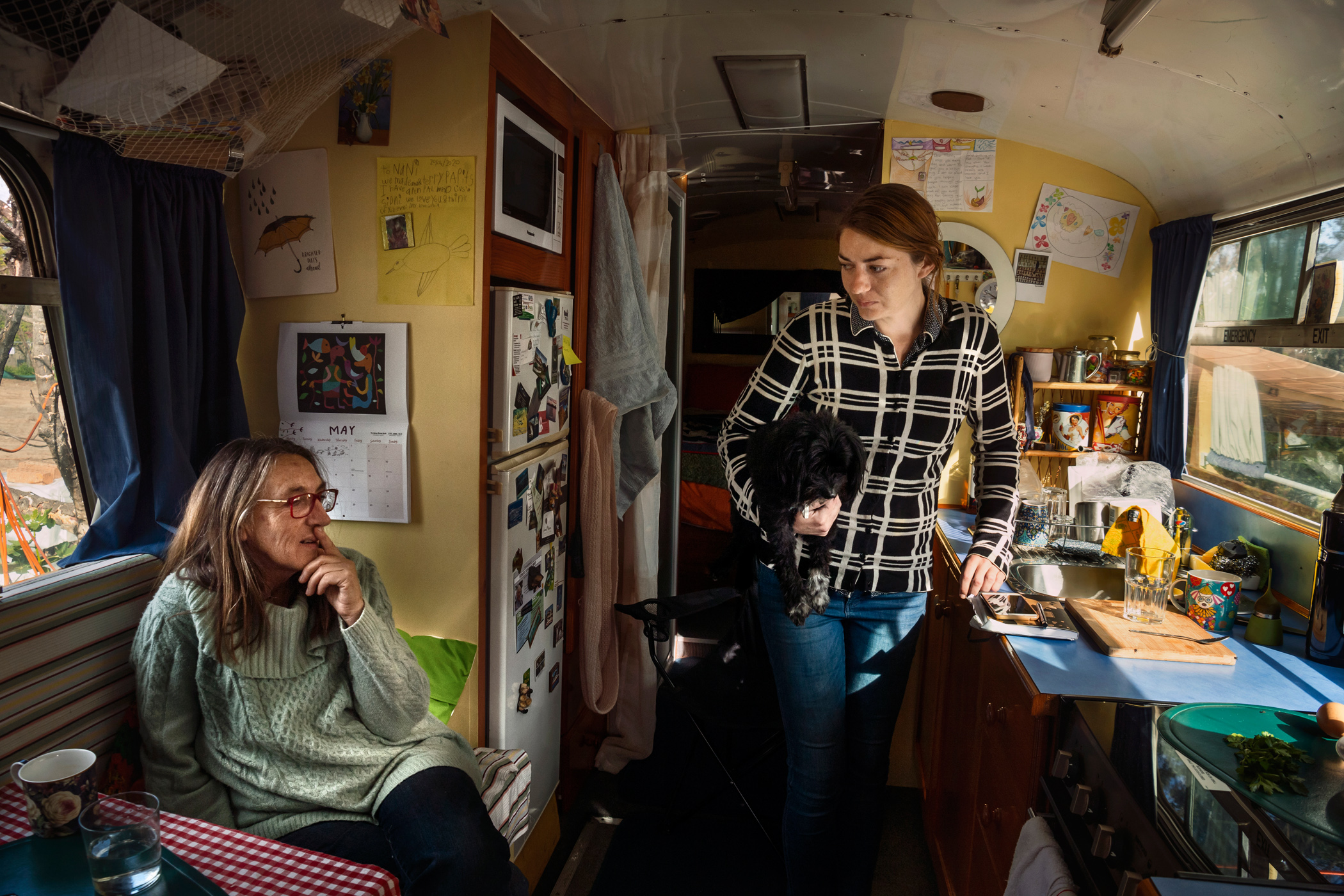
Displaced residents Kelvin and Kerry Pope from Cobargo and Veronica and Kara Coen from Quaama have found temporary accommodation in a caravan and a bus.
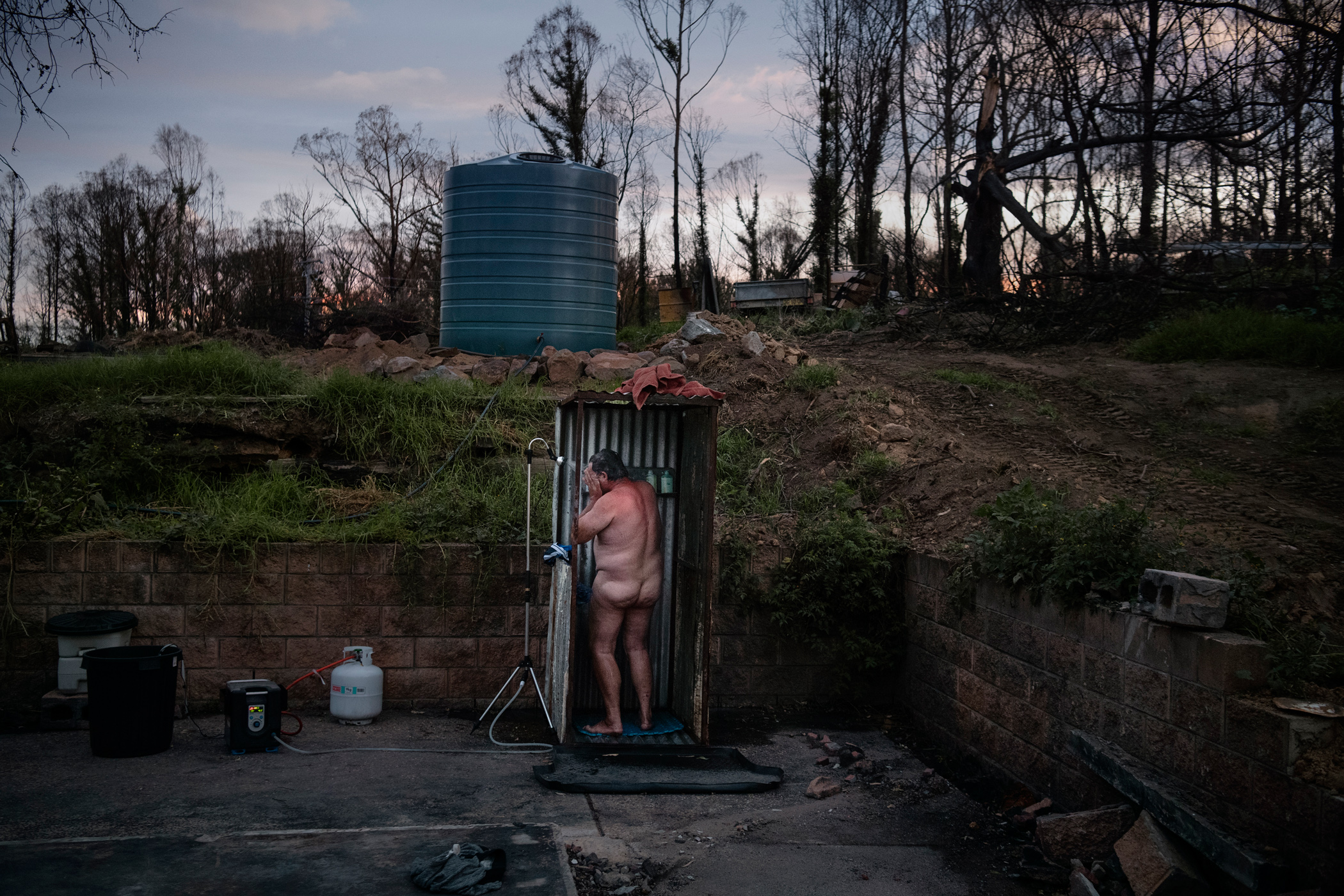
Grant Brown uses a makeshift shower, which he placed on the corner of the concrete slab that used to be his home in Cobargo, NSW. May 2020.
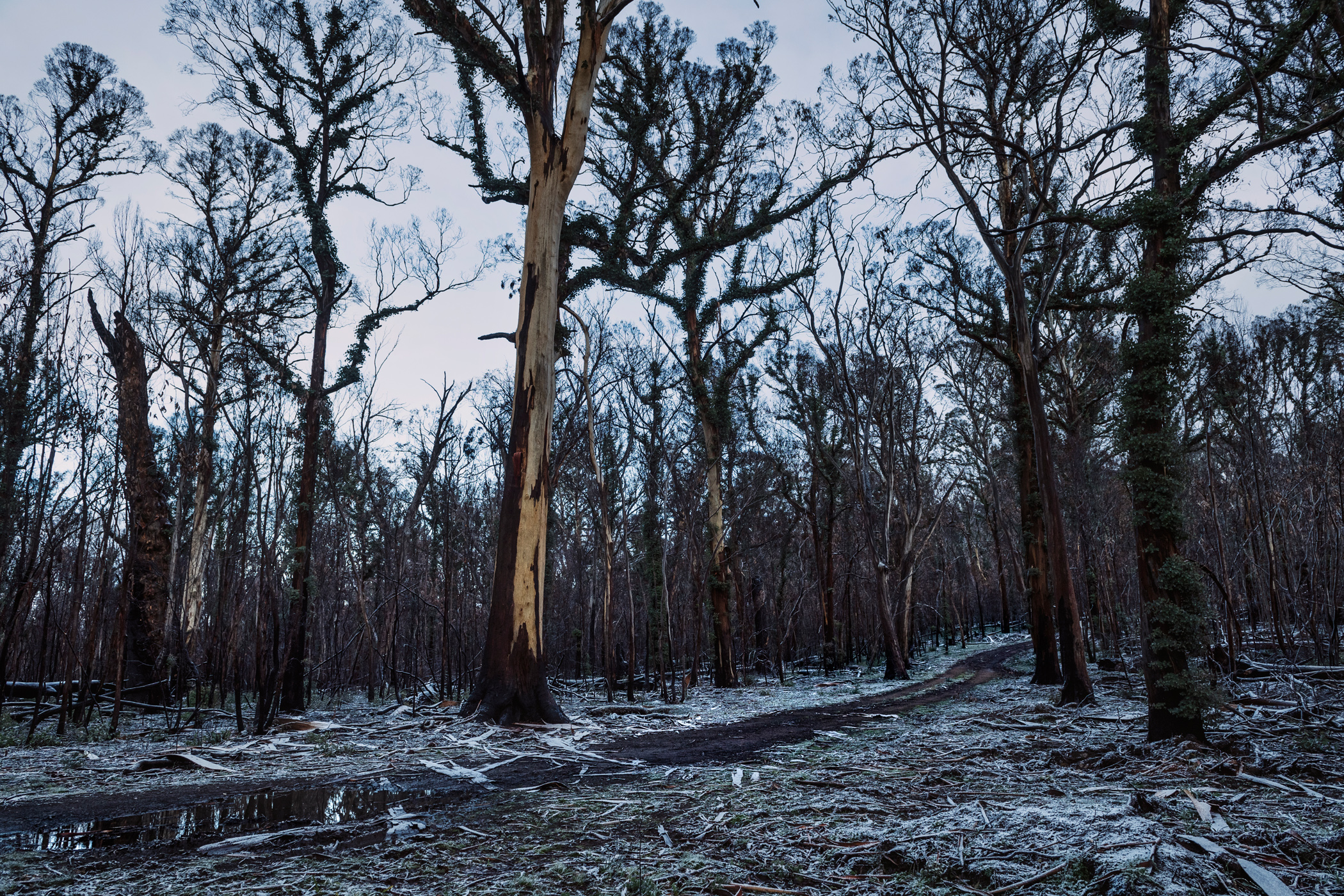
Bushfire damaged bushland covered in a light dusting of snow near Alpine National Park, Victoria.
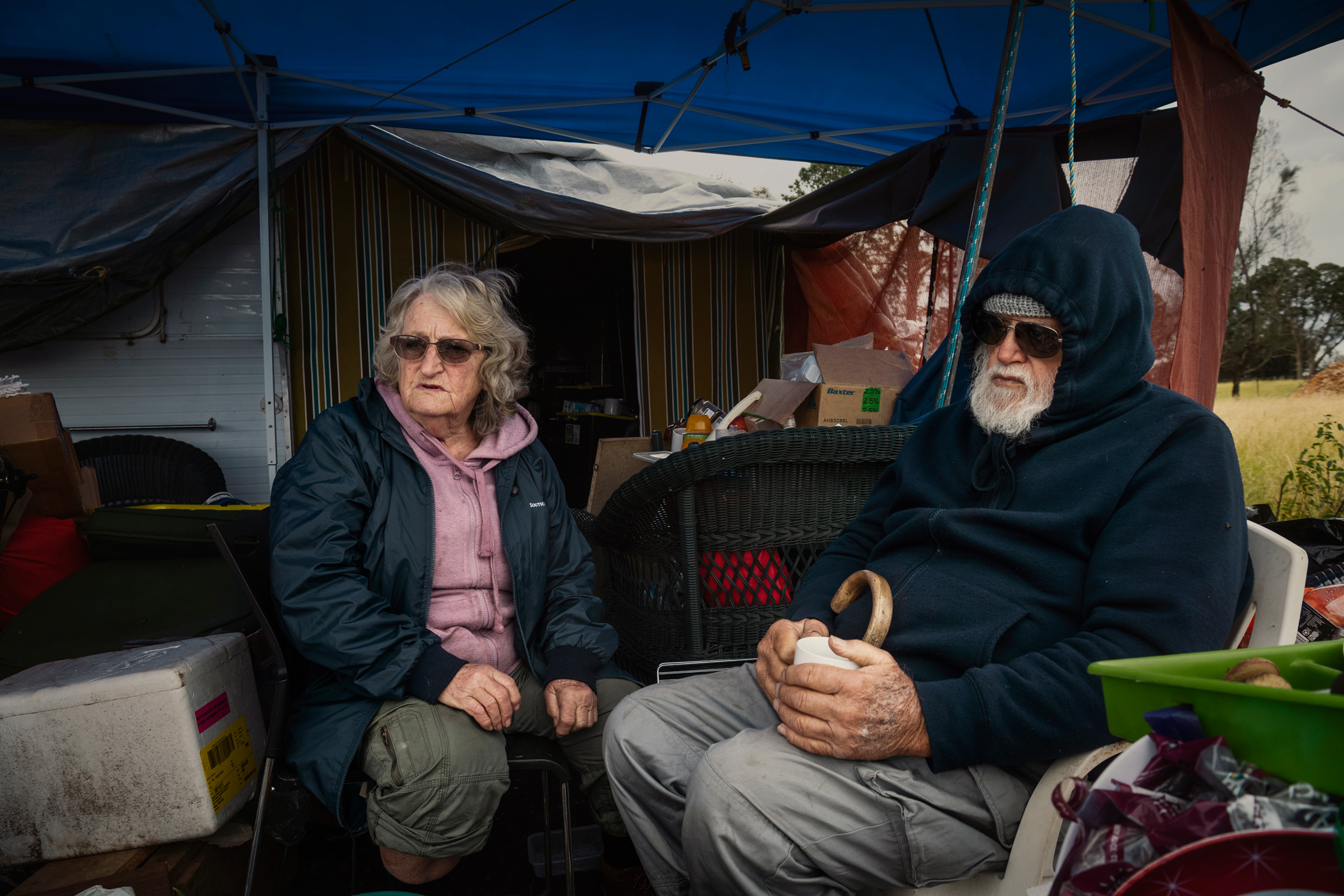
Jim and Enid Humphries lost their home in a house fire a few years before and have now lost their replacement home in the Cobargo, NSW, in the bushfires. The couple are in poor health but they are staying in a leaky caravan on their property. Cobargo, NSW. May 2020.
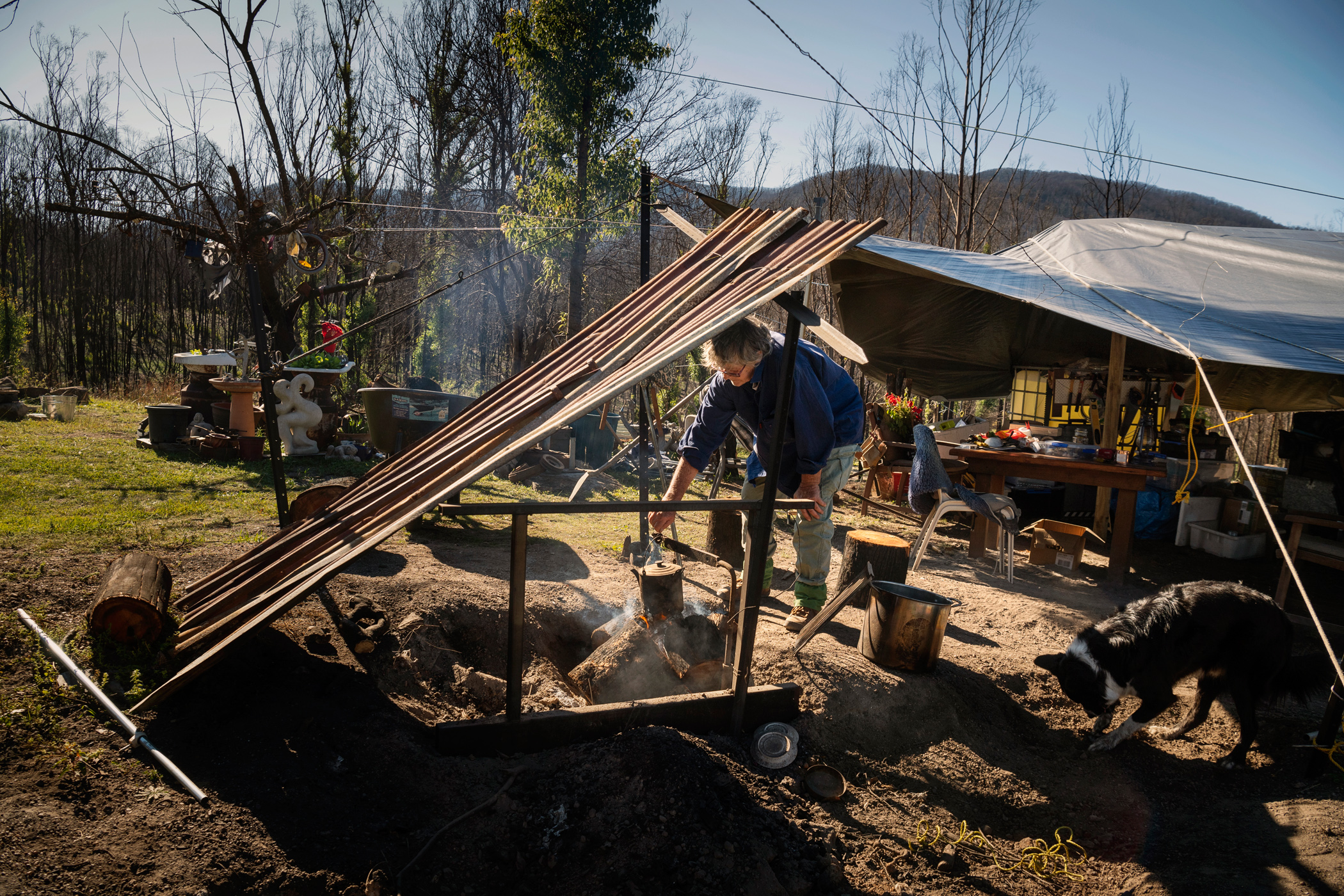
Jenni Bruce cooks on an outdoor stove after her house burnt down in the recent fires. She has lived on the property for 40 years and is now staying in a donated caravan. Cobargo, NSW, May 2020.
Epilogue
It is estimated that 3 billion animals died, were injured or were displaced trying to escape the Black Summer bush fires. Thirty-three humans also lost their lives, many of them ordinary Australians whose instinct was not to run, but to turn and face danger – to help.
What separates humans from our animal cousins is not our instincts of fight or flight, but our ability to unite and work together. We witnessed what happens when 20 million Australians work together.
We saw how our resilience and success as a species is not just dependent on the Warriors, who turn to face danger, but also on the Worriers, who alert and prepare us for impending danger, and the Connectors, whose unique skill is in rallying and structuring collective and effective responses to crisis.
What became clear, was that there is a role for every one of us. When we ask, ‘What can we do? How can we help?’, the answer is to follow our instincts. Like it or not, each one of us was biologically and genetically pre-programmed to play our part.
Warrior, Worrier or Connector – we all share the same reflex: the reflex to help.
If the Australian collective response during the Black Summer has taught us anything, it is that humans are without doubt the most dangerous species to ever inhabit the earth, but also the only species capable of saving it.
And every living thing now depends upon us.
Nick Worthington, 2021

